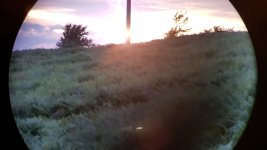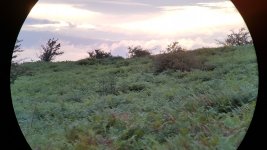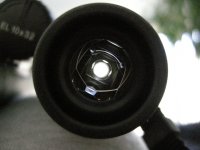Gijs van Ginkel
Well-known member
Andy, post 60,
Rainstar mentions in his post 56 that he has tried to find glare in his SV under circumstances where one would expect this to happen, but he could not detect any under the circumstances used and some of them seem to be ideal for observing it.
Now we get the funny picture that some reactions on his observations in this forum suggest this can hardly be true and photos must be taken to prove he is wrong.
Some years ago we had an inaugural speech of a new professor in physics who stated: if we have an hypothesis and there is one very well performed and trustworthy experiment that does not confirm this hypothesis we have to reconsider this hypothesis , since it is wrong. Many colleagues of him who strongly believed in the hypothesis were furious and they left the room very angry.
Gijs van Ginkel
Rainstar mentions in his post 56 that he has tried to find glare in his SV under circumstances where one would expect this to happen, but he could not detect any under the circumstances used and some of them seem to be ideal for observing it.
Now we get the funny picture that some reactions on his observations in this forum suggest this can hardly be true and photos must be taken to prove he is wrong.
Some years ago we had an inaugural speech of a new professor in physics who stated: if we have an hypothesis and there is one very well performed and trustworthy experiment that does not confirm this hypothesis we have to reconsider this hypothesis , since it is wrong. Many colleagues of him who strongly believed in the hypothesis were furious and they left the room very angry.
Gijs van Ginkel








